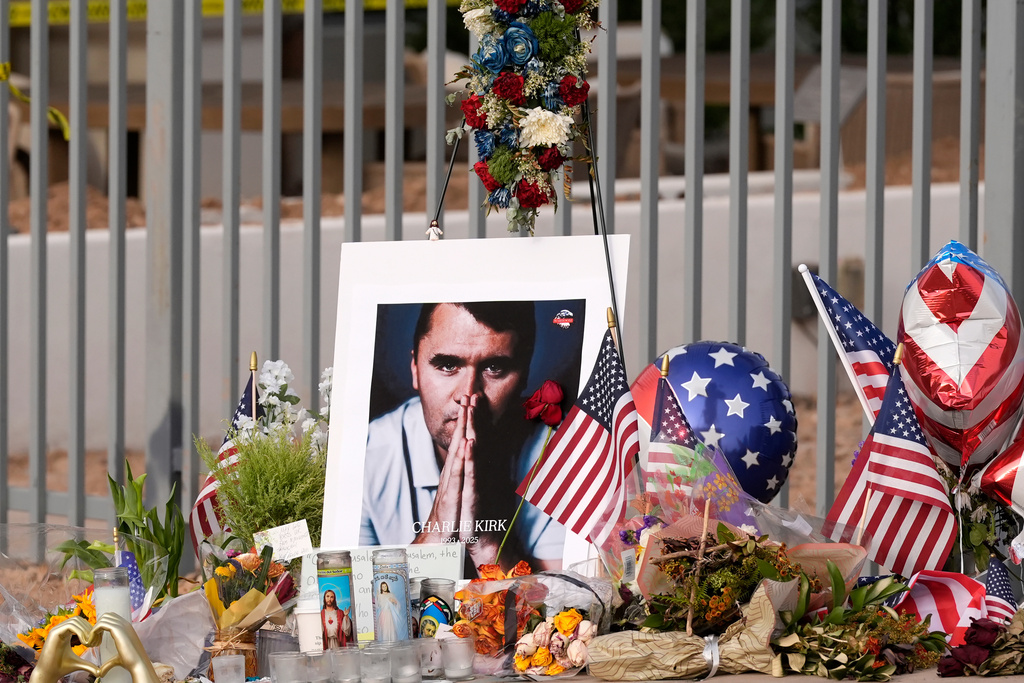Diabetes rates among U.S. children increased significantly over a recent eight-year period.
A new study published Saturday in the Journal of the American Medical Association looked at more than 3 million children in five states between 2001 and 2009. (Via Flickr / York VISIOn)
It found the prevalence of Type 1 diabetes was up 21 percent in children up to age 19. Type 2 increased 30 percent in kids aged 10-19 over the same time period. (Via Journal of the American Medical Association)
The co-director of the Naomi Berrie Diabetes Center at Columbia University told The New York Times: "In my career, Type 1 diabetes was a rare disease in children, and Type 2 disease didn't exist. And I'm not that old."
The increase in both types is raising concerns over what might have caused these trends. WXIA reports: "With Type 1 it's a little tricky. We don't know exactly what has caused this. With Type 2, those are kids that tend to be overweight."
The study's lead researcher explains the causes for Type 1 in anybody — children included — are still unclear. (Via Flickr / Melissa J)
Whereas our behavior might be more to blame for the increase in children with Type 2 diabetes. It's traditionally called "adult onset" diabetes.
But a rise in childhood obesity likely has something to do with the Type 2 increase, as most of the children who reported having it in the study were also obese. (Via Flickr / Gaulsstin)
Although the two types of diabetes are different, Dr. Robert Ratner with the American Diabetes Association tells HealthDay, "The overall prevalence of diabetes is going to grow progressively, because we've done so much better in keeping these people alive, they are going to live longer."
And remember, this study doesn't include the past five years. However, the problem might have gotten worse.
The lead researcher tells USA Today: "These increases are serious. Every new case means a lifetime burden of difficult and costly treatment and higher risk of early, serious complications."










